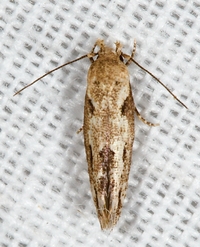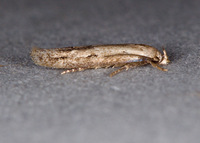
| Recorded by: Jim Petranka on 2025-10-20
Madison Co.
Comment: | 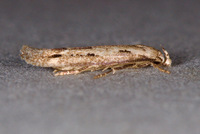
| Recorded by: Jim Petranka on 2025-10-20
Madison Co.
Comment: |

| Recorded by: Jim Petranka on 2025-10-20
Madison Co.
Comment: | 
| Recorded by: Jim Petranka, Becky Elkin and Marilyn Westphal. on 2025-08-09
Henderson Co.
Comment: |

| Recorded by: Jim Petranka, Becky Elkin and Marilyn Westphal. on 2025-08-09
Henderson Co.
Comment: | 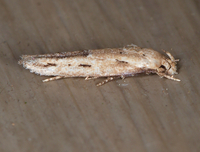
| Recorded by: Jim Petranka on 2024-08-12
Madison Co.
Comment: |
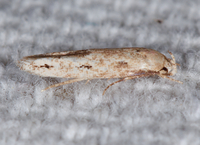
| Recorded by: Jim Petranka on 2024-08-11
Madison Co.
Comment: | 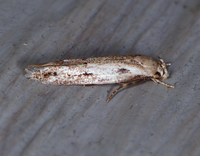
| Recorded by: Jim Petranka on 2024-08-08
Madison Co.
Comment: |
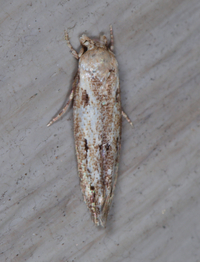
| Recorded by: Jim Petranka on 2024-08-08
Madison Co.
Comment: | 
| Recorded by: Jim Petranka and Becky Elkin on 2023-10-13
Madison Co.
Comment: A reared adult from seed capsule of Oenothera biennis; capsules collected on Sept 25; adult emerged on Oct 13, 2023. |
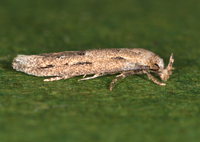
| Recorded by: Jim Petranka and Becky Elkin on 2023-10-13
Madison Co.
Comment: A reared adult from seed capsule of Oenothera biennis; capsules collected on Sept 25; adult emerged on Oct 13, 2023. | 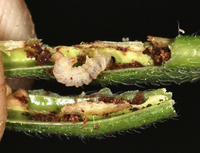
| Recorded by: Jim Petranka and Becky Elkin on 2023-09-06
Buncombe Co.
Comment: |
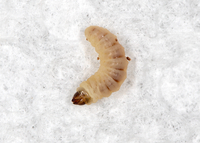
| Recorded by: Jim Petranka and Becky Elkin on 2023-09-06
Buncombe Co.
Comment: | 
| Recorded by: Jim Petranka on 2023-09-05
Madison Co.
Comment: A larva in a capsule of Oenothera biennis. |

| Recorded by: Jim Petranka on 2023-09-05
Madison Co.
Comment: A larva in a capsule of Oenothera biennis. | 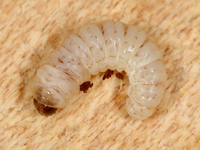
| Recorded by: Jim Petranka on 2023-09-05
Madison Co.
Comment: |

| Recorded by: Jim Petranka on 2023-08-05
Madison Co.
Comment: | 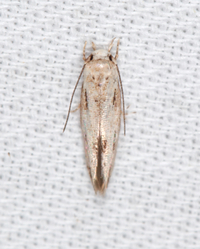
| Recorded by: Jim Petranka on 2023-08-05
Madison Co.
Comment: |

| Recorded by: Jim Petranka on 2022-08-05
Madison Co.
Comment: | 
| Recorded by: Jim Petranka on 2022-08-05
Madison Co.
Comment: |

| Recorded by: Jim Petranka on 2021-10-15
Madison Co.
Comment: | 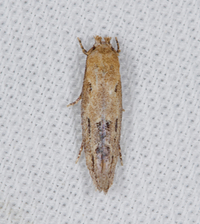
| Recorded by: Jim Petranka on 2021-10-15
Madison Co.
Comment: |
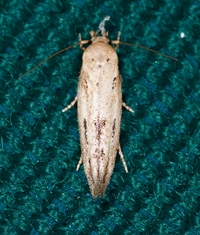
| Recorded by: Jim Petranka and Becky Elkin on 2020-08-10
Madison Co.
Comment: | 
| Recorded by: Jim Petranka and Becky Elkin on 2020-08-10
Madison Co.
Comment: |
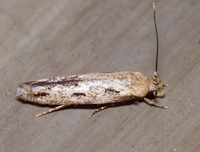
| Recorded by: Jim Petranka and Becky Elkin on 2020-08-01
Madison Co.
Comment: | 
| Recorded by: Jim Petranka and Becky Elkin on 2020-08-01
Madison Co.
Comment: |
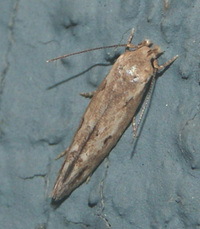
| Recorded by: Vin Stanton on 2019-08-09
Buncombe Co.
Comment: | 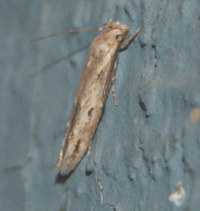
| Recorded by: Vin Stanton on 2019-08-09
Buncombe Co.
Comment: |
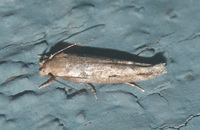
| Recorded by: Vin Stanton on 2019-08-09
Buncombe Co.
Comment: | 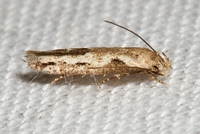
| Recorded by: Jim Petranka and Becky Elkin on 2019-08-06
Madison Co.
Comment: Verified by dissection by JB Sullivan. |
|

 »
»
